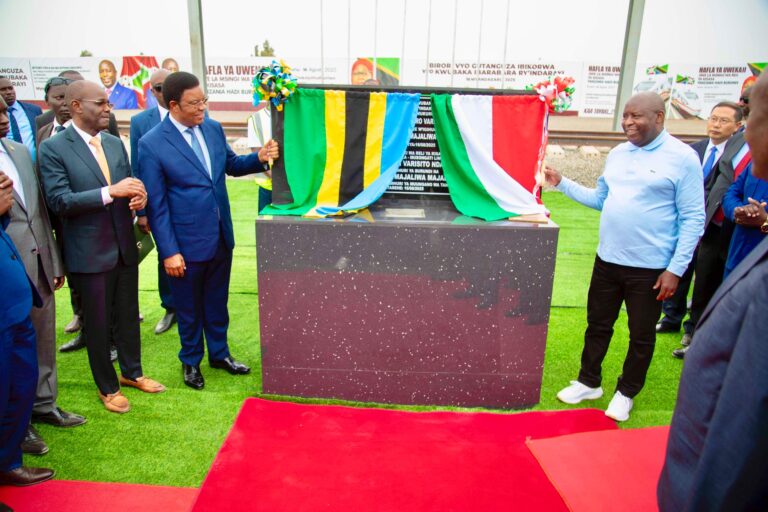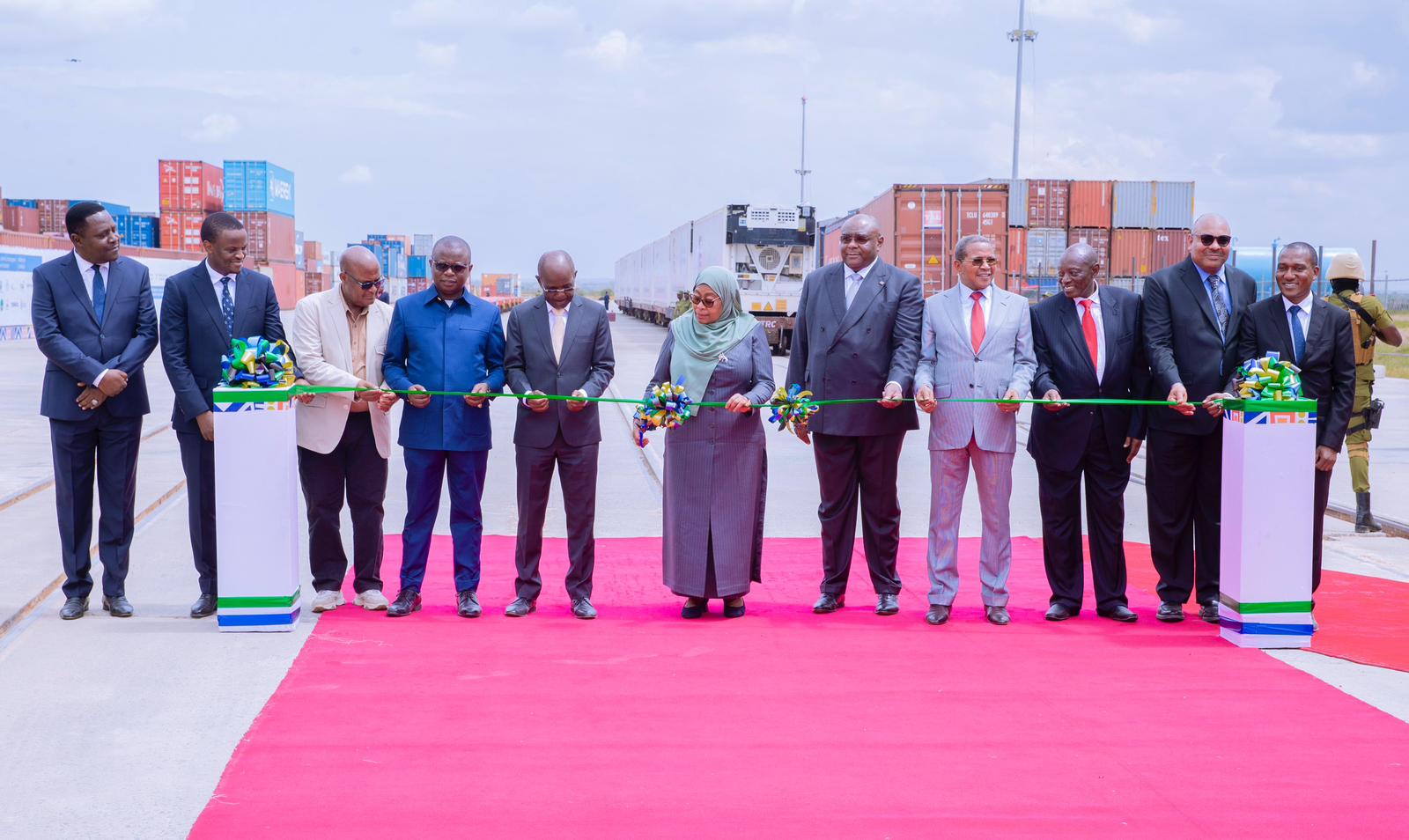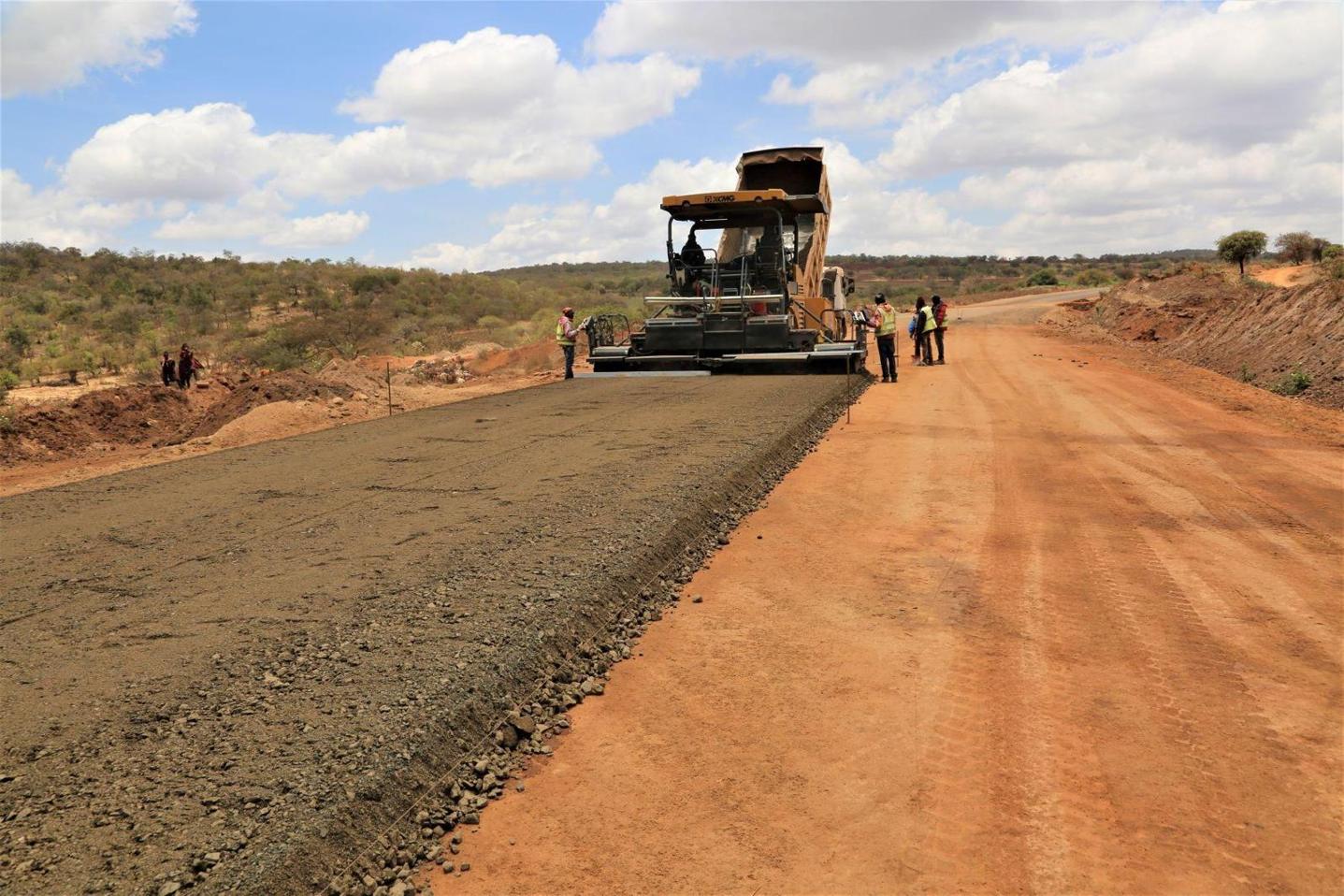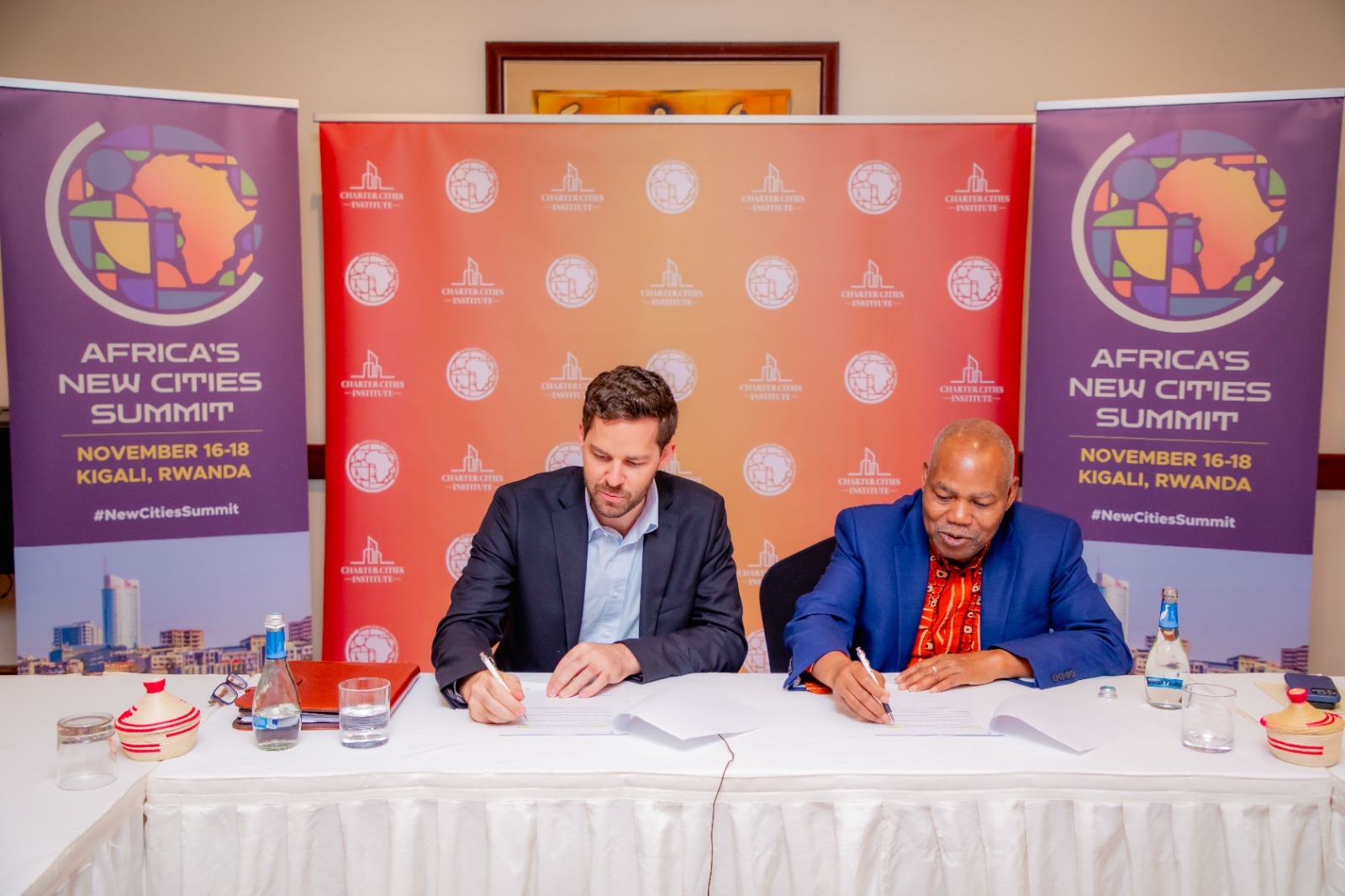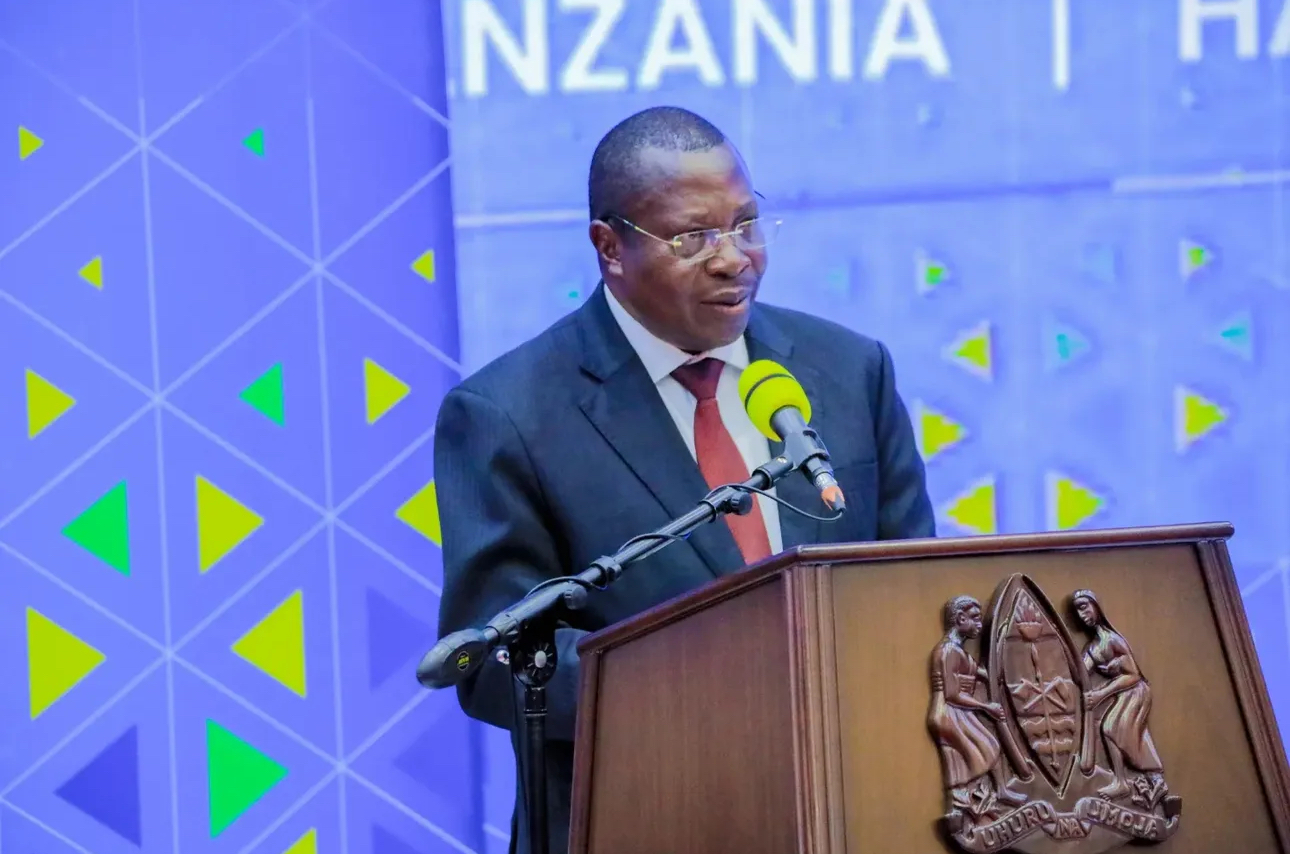Musongati, Burundi. Saturday, August 16 2025 will always remain historic in the transport and logistics calendar of Burundi and other central African countries.
This is the day when Tanzania and Burundi laid the foundation stone for a monumental $2.15 billion standard-gauge railway (SGR), a project poised to be a game-changer for the entire Great Lakes region.
The 240km line, connecting Uvinza in western Tanzania to Musongati in eastern Burundi, is far more than a transport link; it is a new corridor to the world, set to transform trade and unlock the vast economic potential of the landlocked nations of Central and Eastern Africa.
This ambitious undertaking, jointly funded by both nations, marks the first cross-border railway line in the East African bloc. Speaking on behalf of President Dr Samia Suluhu Hassan, Tanzanian Prime Minister Kassim Majaliwa heralded the project as a catalyst for economic growth.
“The completion of this railway will open up opportunities for our citizens,” he stated at the ceremony in Musongati.
“A journey that currently takes 96 hours by lorry from Dar es Salaam to Bujumbura will be reduced to just 20 hours for cargo transport by train,” he said.
This significant reduction in transit time and cost is a key feature of the project’s transformative power. Tanzania’s Transport Minister, Prof Makame Mbarawa, highlighted that the cost of shipping a 20-foot container will plummet from a current $3,800 to an estimated $2,000.
Furthermore, the efficiency gains are staggering, with a single train capable of transporting 3,000 tonnes of cargo at once, a dramatic increase from the 30 tonnes carried by a single lorry.
The excitement in Musongati was palpable, with Burundi’s President, Major General Evarist Ndayishimiye, describing the day as one of immense joy.
He shared a historical perspective, noting that plans for such a railway had been discussed as far back as 1921 under Belgian and German colonial administrations but had never come to fruition.
“Today, Tanzania and Burundi have made it happen,” he declared.
President Ndayishimiye underscored the urgency of the project for his mineral-rich nation.
He recounted a meeting with potential investors for Burundi’s vast nickel reserves, who were eager to invest but posed a critical question: “Once we start mining, how will we transport the nickel?”
The SGR provides a definitive answer, addressing the long-standing logistical challenge and clearing the path for significant foreign direct investment.
The vision extends far beyond the immediate connection.
The Burundian President expressed a desire to extend the railway to Kindu in the eastern Democratic Republic of Congo (DRC) and ultimately to the Atlantic coast of West Africa.
This expansion would not only connect landlocked nations to the Indian and Atlantic Oceans but also align with the African Union’s Agenda 63, which aims to create a modern, integrated rail network across the continent.
Prime Minister Majaliwa confirmed that the five-year project, with a one-year probationary period, is on schedule to commence as planned.
He emphasised that the railway is more than just a means of moving people and goods; it is a gateway to new investment opportunities and trade partnerships, strengthening the bond between the two nations and integrating their economies.
In a poignant moment of camaraderie, President Ndayishimiye lauded President Dr Samia Suluhu Hassan’s leadership and Tanzania’s rapid development, joking that he could get lost in Dar es Salaam now due to the pace of change.
His words reflected a shared belief in the power of cooperation and vision.
As the first train rolls down this new SGR line, it will carry not just cargo and passengers but the hopes and aspirations of a region yearning to break free from the constraints of geography.
The Dar es Salaam-Burundi SGR is a powerful statement of intent, a concrete symbol of progress that will finally connect the heart of Africa to the pulse of the global economy.

